You must make sure that your material is correctly localized if you want to expand your business overseas.
Translation into many languages is only one aspect of localization. It entails producing material that is relevant to your target audience’s culture, pleasing to the eye, and interesting to read. Desktop publishing (DTP) can help with it. We’ll discuss why desktop services are crucial for you in more detail later on in this blog, but first, let’s define what desktop publishing services are.
What does desktop publishing mean?
The process of using specialized software tools to generate visual content for print or digital media is known as desktop publishing (DTP). DTP integrates layout, typography, and graphic design knowledge to create aesthetically appealing and persuasive results. Brochures, magazines, reports, and newsletters are just a few of the sorts of publications that may be designed and created using DTP software. Using color schemes, graphics, and other design elements in DTP helps to make material aesthetically pleasing and simple to grasp.
Why Use Desktop Publishing Services
Work for any file type
Desktop publishing can be especially useful when you have a PDF file to submit as professional translation or localization companies are skilled in recreating files. Such companies are well-versed in offering multilingual desktop publishing services as they lay out documents using various software and file formats in multiple languages and scripts as part of their routine operations.
Helpful for complex languages and characters
Language service providers are proficient in handling foreign language text, especially in translation and localization projects that involve bidirectional characters, complex characters like double-byte Asian languages, or languages that can expand or contract. Depending on the source and target languages, the text size may change, requiring adjustments in font size or spacing. For instance, documents translated from English to languages like French, Spanish, and Arabic may expand in word count and require more space or a smaller font size. Additionally, bi-directional languages like Arabic, Hebrew, and Farsi alter the layout order since they are written from right to left, but they can also be displayed from left to right. Multilingual desktop publishing specialists can polish the design or layout to facilitate all these variations in size and display direction.
Critically impact your translation or localization project
You could be tempted to believe that the DTP and layout are not that significant as long as you worked with a top-notch translation agency. Even if the translation is excellent, the DTP may significantly impact your final result. For instance, bad desktop publishing, poor layout, and typographical errors might reflect poorly on your business, cause regulators to reject your goods, or even result in litigation if your high-risk, high-value material contains flaws as a result of poor formatting.
Save time, money, and resources
To fulfill your tight deadlines, reputable language service providers have global teams available around-the-clock. Even if you initially think your in-house design team can undercut the DTP quote, it might end up costing you in the long run. Do you want to entrust the creation of your final design to someone who cannot communicate effectively? You will still need to account for the lost time and resources associated with having to redo formatting problems and modifications, even if you return the work to your linguist for final proof.
To sum up
Undertaking a layout project in a language that you and your design team do not comprehend carries a certain level of risk. To ensure that your investment in translation is presented as intended to your target audience, it is advisable to work with a professional language service provider that employs experienced multilingual desktop publishers. We hope that you find the above blog helpful however if you still have any issues, feel free to get in touch with the experts right away.


